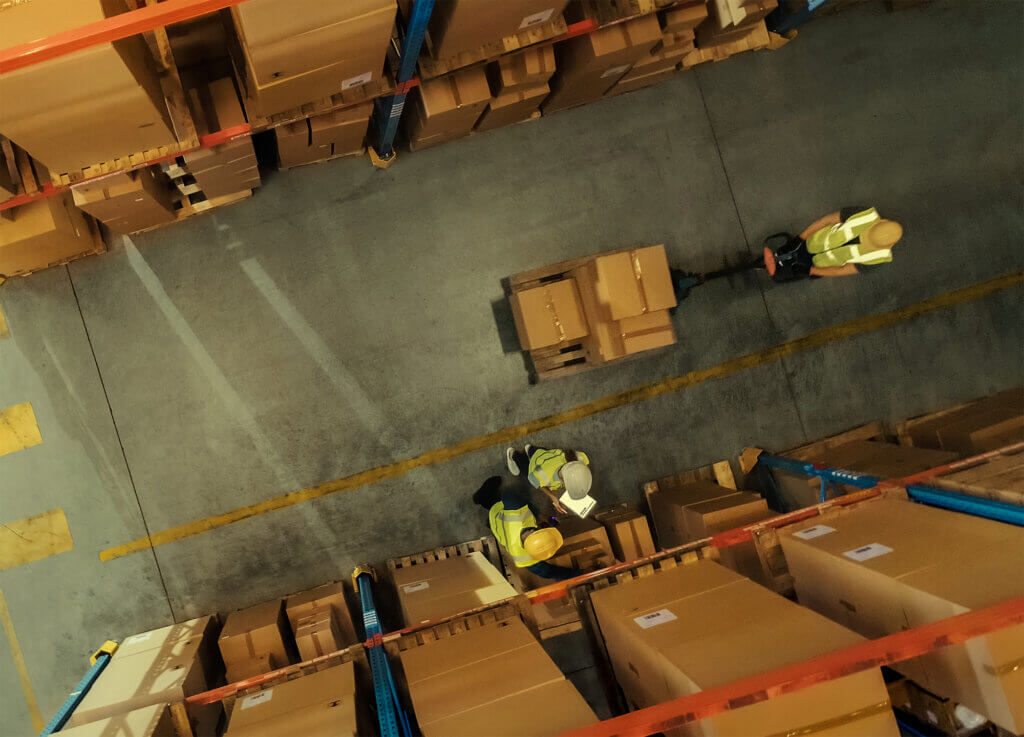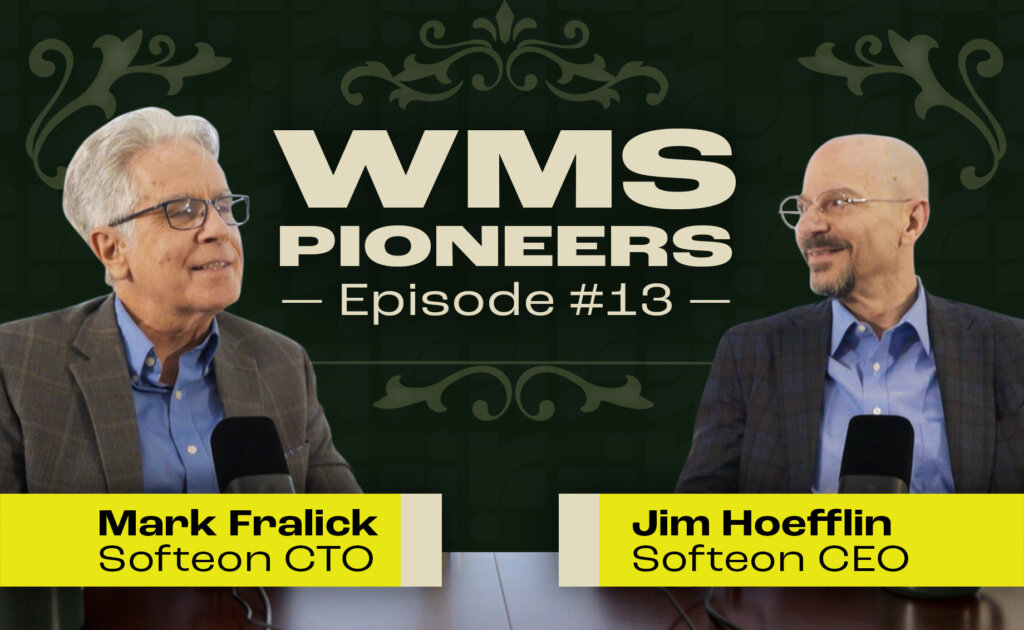06.22.2020
The interest in software to manage warehouses and distribution centers remains strong, fueled by omnichannel fulfillment requirements, growing adoption of automation in the DC and other trends.
One challenge logistics managers face is that there are actually three main types
of software solutions that can be deployed in a distribution center, individually or in combination. There is a lot of confusion regarding the functionality provided by each type of solution and the boundaries between them – boundaries that can vary depending on the specific software vendors involved and the application scenario.
Those three software categories are:
- Warehouse Management Systems (WMS)
- Warehouse Control Systems (WCS)
- Warehouse Execution Systems (WES)
The recent growing prominence of Warehouse Execution Systems has especially muddied the waters, as it is a newer type of solution than the other two categories and therefore is less well understood. Adding to the challenge, the specific capabilities range widely across WES vendors, and there is clearly some potential overlap between WES and both WMS and WCS solutions.
Let’s start with Warehouse Management Systems, which provide inventory visibility and control within the four walls of a DC, and also direct the work to receive, put away, pick, replenish, pack and ship that inventory for customer orders, among other functions.
A true WMS is generally characterized by use of mobile, real-time data capture and system-directed work tasks, most commonly using wireless (radio frequency) terminals or alternatives such as Voice recognition systems.
Within the WMS universe there are significant variations, from sophisticated systems that can cost $1 million or more to acquire and implement for large and/or complex facilities to much more limited systems for simpler DC operations that require less advanced capabilities (some systems can even span both use cases).
Warehouse Control Systems, by contrast, refer to software that manages the movement of goods across various types of material handling equipment systems deployed in a DC. Most commonly, this involves conveyor movement of cartons/ totes from “pick modules” on to sortation systems of one kind or another, but these handling systems can take many forms, such as mini-load Automated Storage and Retrieval Systems (AS/RS) and so-called “shuttle” systems, among many types of technologies.
In a conveyor system context, the WCS directs the movement of the belts and rollers when needed, and manages activities such as carton induction, merges, sortation/diverts and other carton/tote conveyor transport processes.




